Assembly Rules #
“(a) The standing committees of the Assembly created pursuant to Rule 11, with the exception of the Committee on Rules, are hereby constituted Assembly investigating committees and are authorized and directed to conduct oversight hearings and to ascertain, study, and analyze all facts relating to any subjects or matters which the Committee on Rules shall assign to them upon request of the Assembly or upon its own initiative.”
“(c) Each committee and any subcommittee, and its members, have and may exercise all the rights, duties, and powers conferred upon investigating committees and their members by law and by the Joint Rules of the Senate and Assembly and the Standing Rules of the Assembly as they are adopted and amended from time to time, which rules are incorporated herein and made applicable to the committee or subcommittee and their members” (Assembly Rule 11.5).
Senate Rules #
“Each standing committee of the Senate to which a proposed law or bill is assigned has full power and authority during the session of the Legislature, or any recess thereof, to make an investigation and study concerning any proposed law or bill as the committee shall determine necessary to enable it to properly act thereon. In the exercise of the power granted by this rule, each committee may appoint a secretary and employ clerical, legal, and technical assistants as may appear necessary when money has been made available therefor by the Senate. Each standing committee is authorized and empowered to summon and subpoena witnesses, to require the production of papers, books, accounts, reports, documents, records, and papers of every kind and description, to issue subpoenas, and to take all necessary means to compel the attendance of witnesses and to procure testimony, oral and documentary. However, no committee may issue a subpoena, nor may a committee require testimony under oath, without the prior approval of the Committee on Rules. The Sergeant at Arms, or other person designated by the Sergeant at Arms or by the committee, shall serve any and all subpoenas, orders, and other process that may be issued by the committee, when directed to do so upon a vote of the majority of the membership of the committee” (Senate Rule 16).
Joint Rules #
“A subpoena requiring the attendance of a witness or the production of documents may be issued by the President pro Tempore of the Senate, the Speaker of the Assembly, or the chairperson of a committee conducting an investigation only if permission has been secured from the rules committee of the respective house, or from the Joint Rules Committee if the subpoena is issued by the chairperson of a joint committee” (Joint Rules 35.5).
“In order to expedite the work of the Legislature, either house, or both houses jointly, may by resolution or statute provide for the appointment of committees to ascertain facts and to make recommendations as to any subject within the scope of legislative regulation or control.
“The resolution providing for the appointment of a committee pursuant to this rule shall state the purpose of the committee and the scope of the subject concerning which it is to act, and may authorize it to act either during sessions of the Legislature or, when authorization may lawfully be made, after final adjournment.
“In the exercise of the power granted by this rule, each committee may employ clerical, legal, and technical assistants as may be authorized by: (a) the Joint Rules Committee in the case of a joint committee, (b) the Senate Committee on Rules in the case of a Senate committee, or (c) the Assembly Committee on Rules in the case of an Assembly committee.
“Except as otherwise provided herein for joint committees or by the rules of the Senate or the Assembly for single house committees, each committee may adopt and amend rules governing its procedure as may appear necessary and proper to carry out the powers granted and duties imposed under this rule. The rules may include provisions fixing the quorum of the committee and the number of votes necessary to take action on any matter. With respect to all joint committees, a majority of the membership from each house constitutes a quorum, and an affirmative vote of a majority of the membership from each house is necessary for the committee to take action.
“Each committee is authorized and empowered to summon and subpoena witnesses, to require the production of papers, books, accounts, reports, documents, records, and papers of every kind and description, to issue subpoenas, and to take all necessary means to compel the attendance of witnesses and to procure testimony, oral and documentary. A committee’s issuance of a subpoena shall comply with Rule 35.5.
“Each member of the committees is authorized and empowered to administer oaths, and all of the provisions of Chapter 4 (commencing with Section 9400) of Part 1 of Division 2 of Title 2 of the Government Code, relating to the attendance and examination of witnesses before the Legislature and the committees thereof, apply to the committees. A committee may grant a witness immunity from criminal prosecution, pursuant to subdivision (a) of Section 9410 of the Government Code, only after securing permission from the rules committee of the respective house, or from the Joint Rules Committee in the case of a joint committee.
“The Sergeant at Arms of the Senate or Assembly, or other person as may be designated by the chairperson of the committee, shall serve any and all subpoenas, orders, and other process that may be issued by the committee, when directed to do so by the chairperson, or by a majority of the membership of the committee.
“Every department, commission, board, agency, officer, and employee of the state government, including the Legislative Counsel and the Attorney General and their subordinates, and of every political subdivision, county, city, or public district of or in this state, shall give and furnish to these committees and to their subcommittees upon request information, records, and documents as the committees deem necessary or proper for the achievement of the purposes for which each committee was created” (Joint Rule 36).







